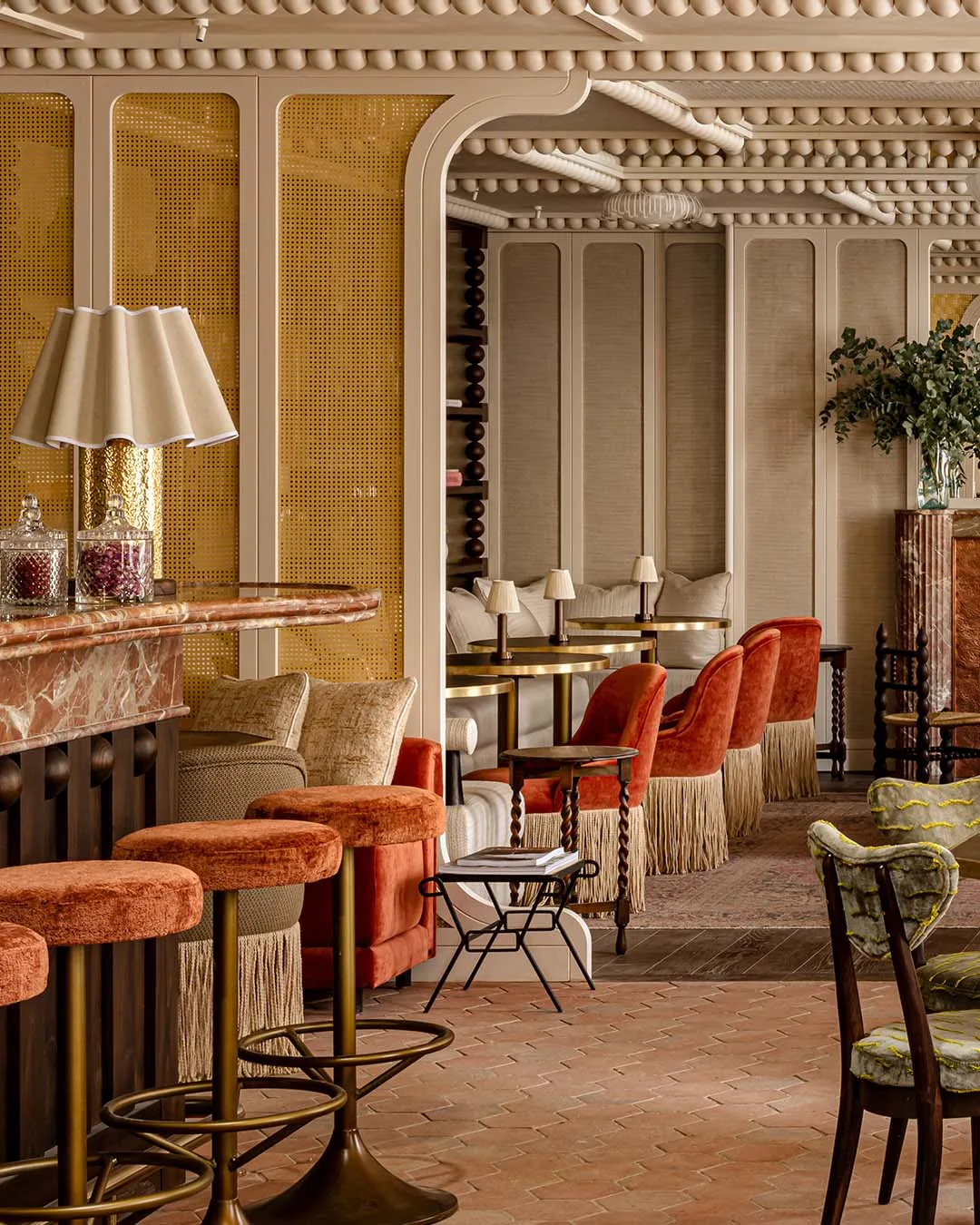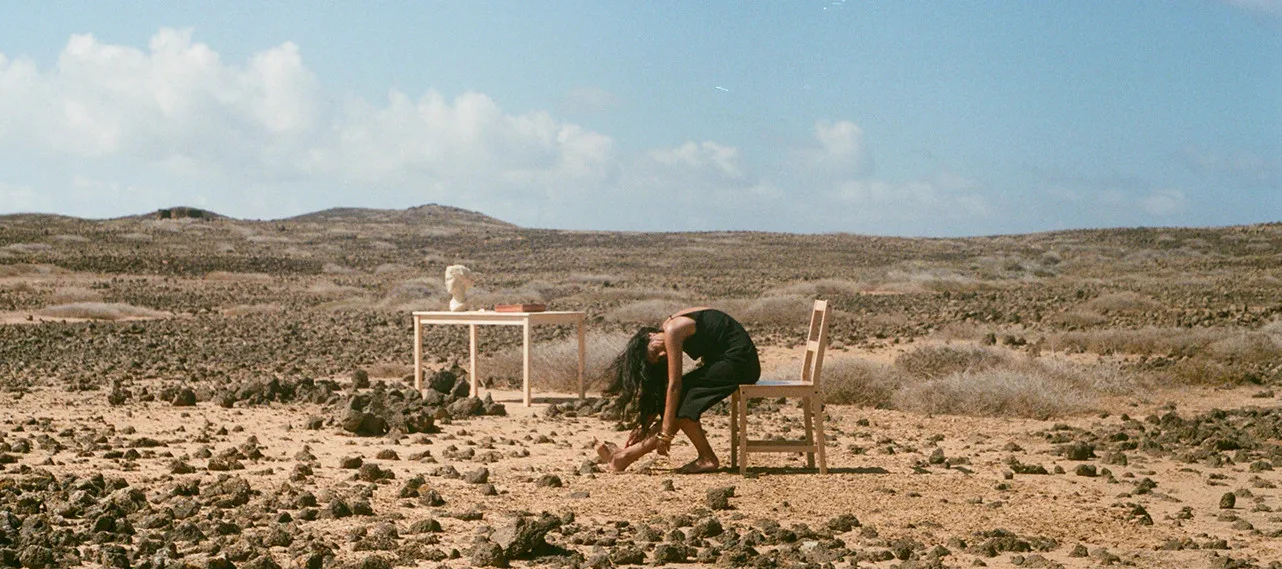
With a plethora of pieces influenced by art, literature, and globe-trotting adventures, cult British jewellery brand Alighieri designs stylish talismans for the modern traveller.
Breathing new life into the ancient art of lost-wax casting, founder and self-taught jeweller Rosh Mahtani hand-crafts modern heirlooms from recycled bronze, silver, and gold — and has recently been awarded an OBE for her services to Jewellery Design and Philanthropy. As its name suggests, legendary poet Dante Alighieri was a key inspiration behind the brand — Mahtani has sculpted a piece for every canto in The Divine Comedy. Cast, polished, assembled, and plated in London’s Hatton Garden, Alighieri’s creations offer a fresh take on the concept of a lucky or protective amulet, adding a touch of charm to any ensemble.
Tell us about your early memories of Zambia. What does this place mean to you?
I have so many magical memories of growing up in Zambia. There wasn’t much to do, so we really had to live in our imagination. I used to make paint out of leaves, collect stones and fragments to make my own necklaces, and play barefoot in the warm rain with my brother. It was pure innocence.
How have your travels inspired your craft?
My travels are a huge source of inspiration for my craft — I’ve always loved that every culture, since the beginning of time, has used jewellery as a means of dialogue. I’ve been endlessly inspired by the pieces I’ve seen and the people I’ve met, from African tribes, and Mexican craftspeople, to archaeologists in Pompeii. I always start each collection by going on a solo trip with my 35mm film camera, exploring the world through my own lens.

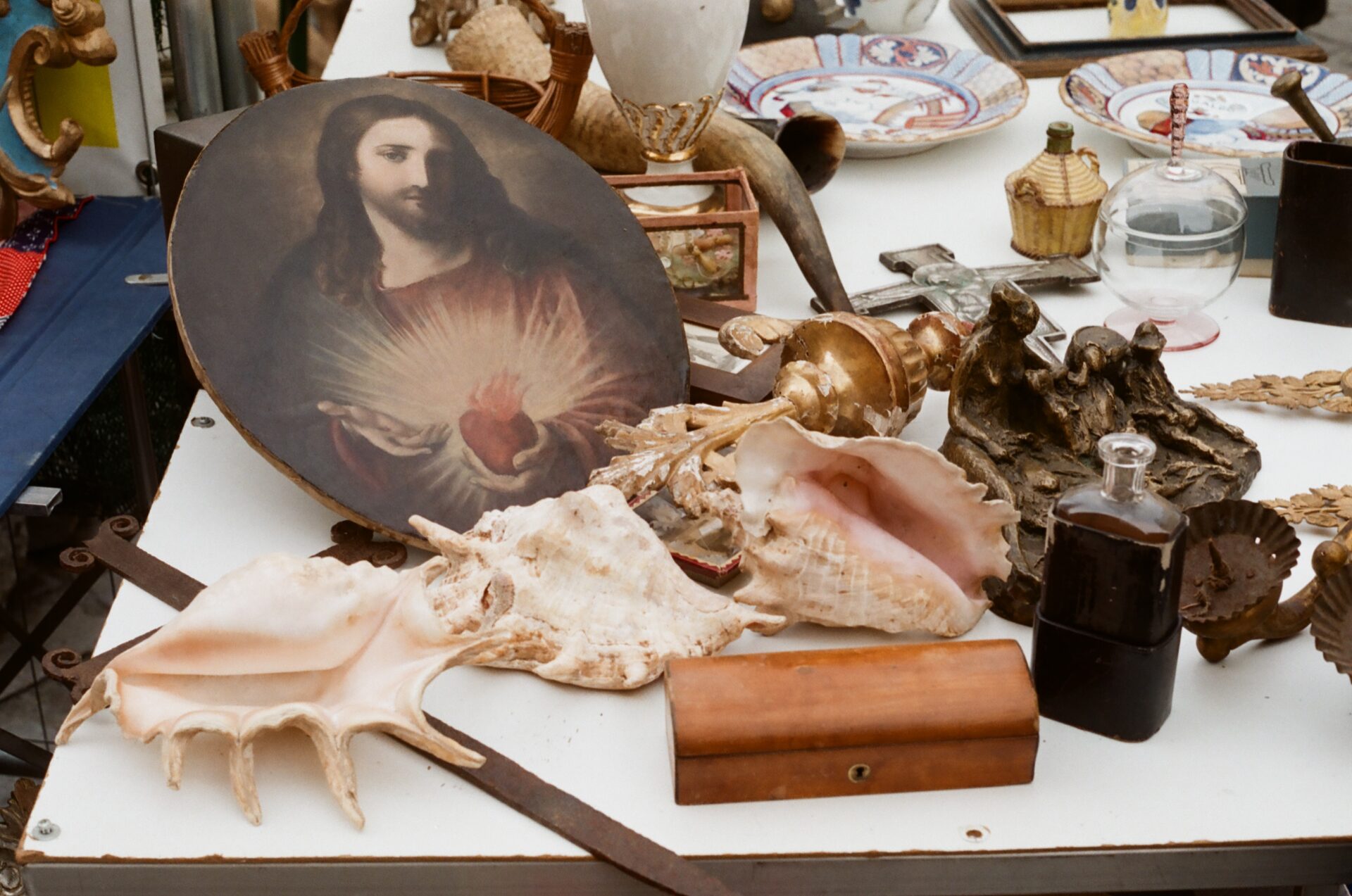

Are there any places which hold special significance to you?
Florence — the home of Dante Alighieri (and the inspiration behind the brand) will always have a special place in my heart. I spent a year living there, studying Italian, foraging for treasure in flea markets, and falling in love with The Divine Comedy.
Where do you feel most at home, or most ‘yourself’?
Having moved around quite a bit as a child, I always found it difficult to feel at home in any one place. Now, I actually feel most myself when I’m travelling — particularly by train, watching new horizons and landscapes emerge to the motion of the carriage.
Which of your talismans currently resonates with you the most?
I’m always wearing The Link of Wanderlust Necklace. It’s a big link motif, inspired by a packet of old photographs my father had taken on a road trip through Zimbabwe in the 1980s. I had never seen them before until recently, but realised that so many of these images looked exactly the same as photographs I had taken. It felt as though there was an unspoken link that had always existed between us. As my father is currently very ill, he can’t travel. So, I wear this piece to carry this link with me on all my adventures.
You’re packing for a summer holiday, which modern heirlooms are travelling with you?
I always pack the Leone Medallion for strength and courage, as well as the St Christopher Medallion, representing safe travels. My wardrobe is quite minimalist — think blue or white jeans and tanks — so I always take The Link of Wanderlust Belt and its matching camera strap to complete my uniform.
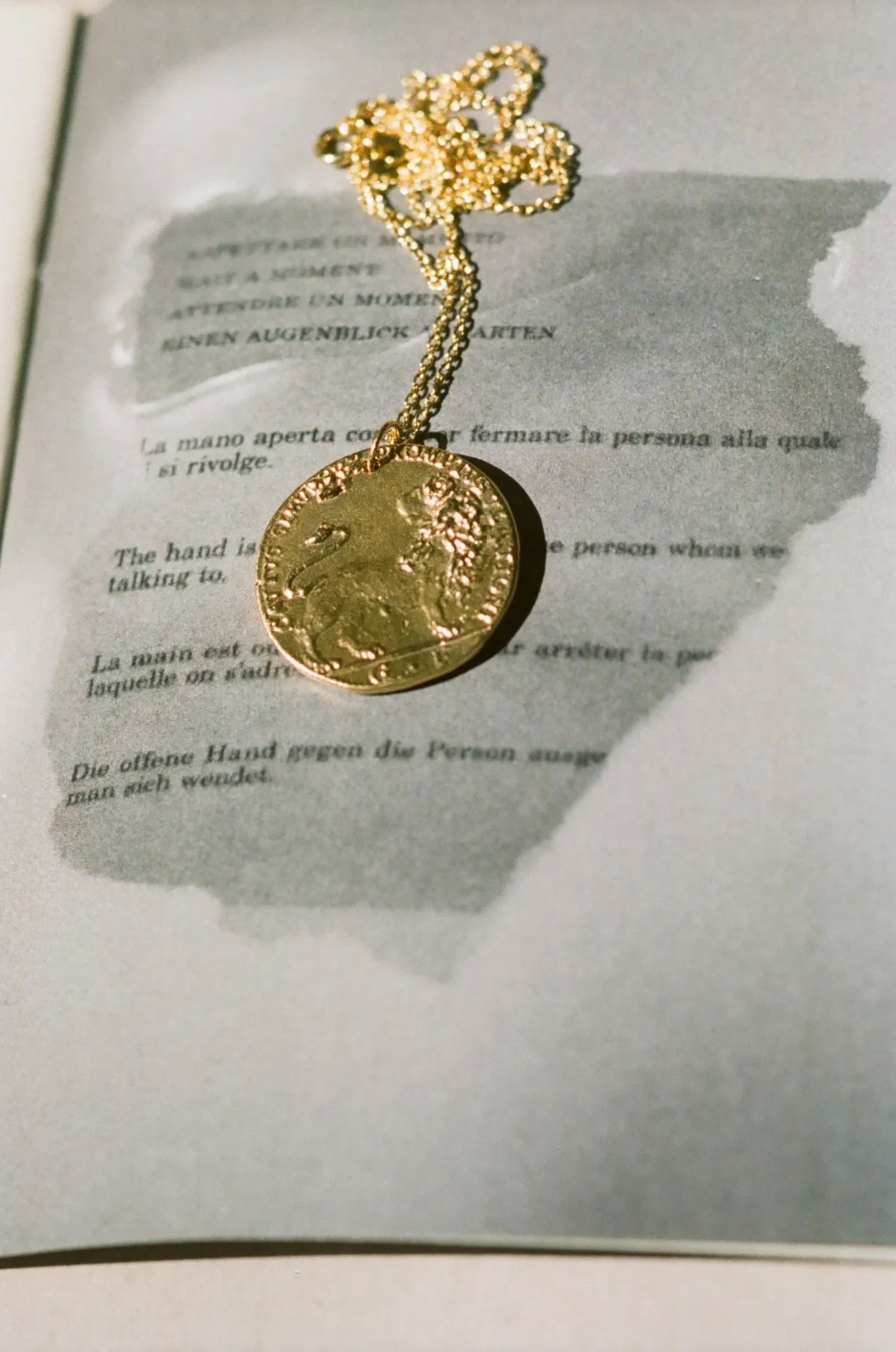

I actually feel most myself when I’m travelling — particularly by train, watching new horizons and landscapes emerge to the motion of the carriage.
Which hotels are on your wish list, and why?
To experience omotenashi hospitality, I would love to visit Hotel Gajoen Tokyo in the hip Meguro district. To completely switch off on a Greek island, I would choose Domes White Coast Milos and venture over to the moonlike Sarakiniko beach.
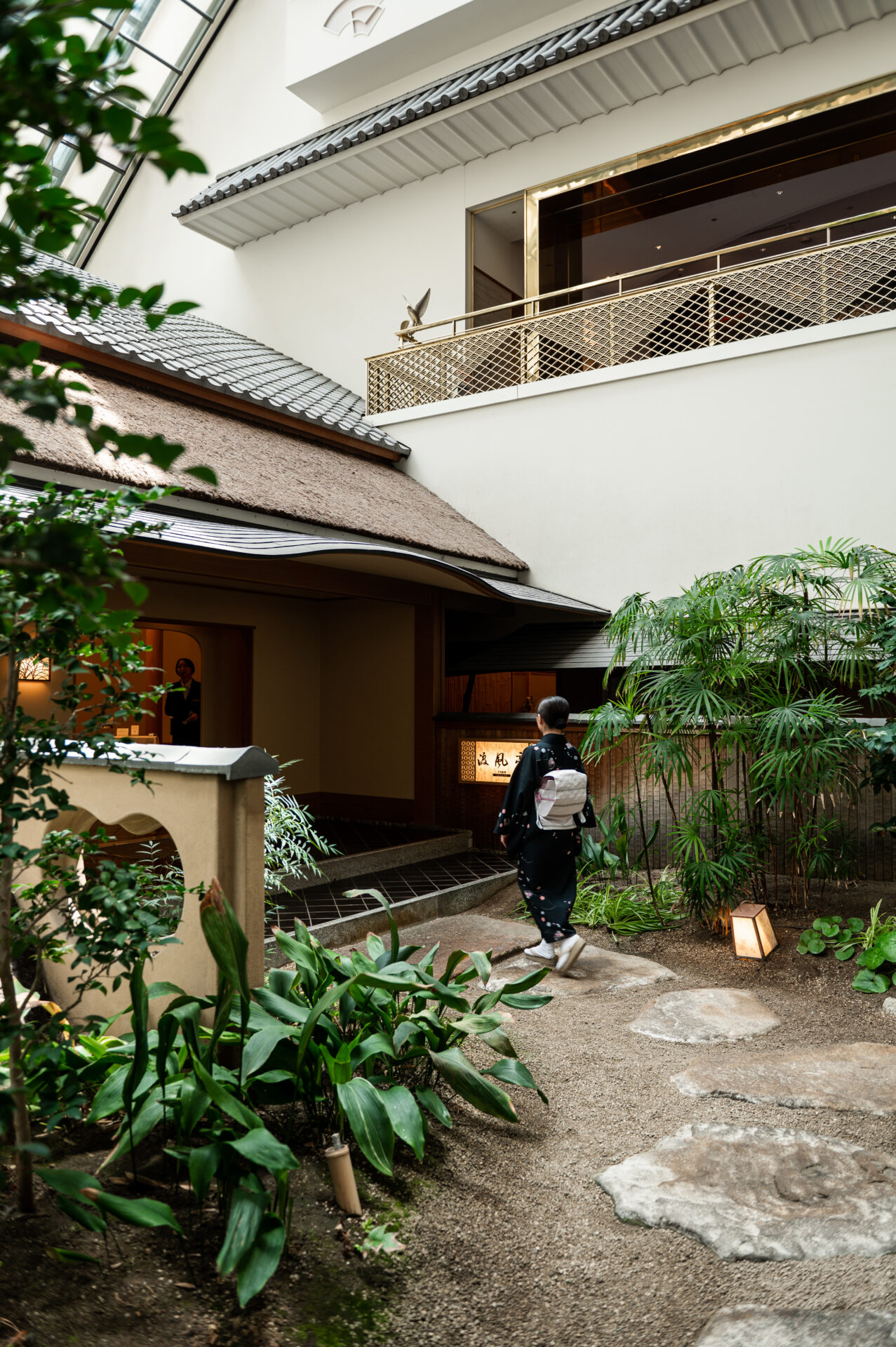


ROSH MAHTANI
“The question of identity — where am I from, where do I belong — drove me to create my own universe.”
Share this article
Latest stories
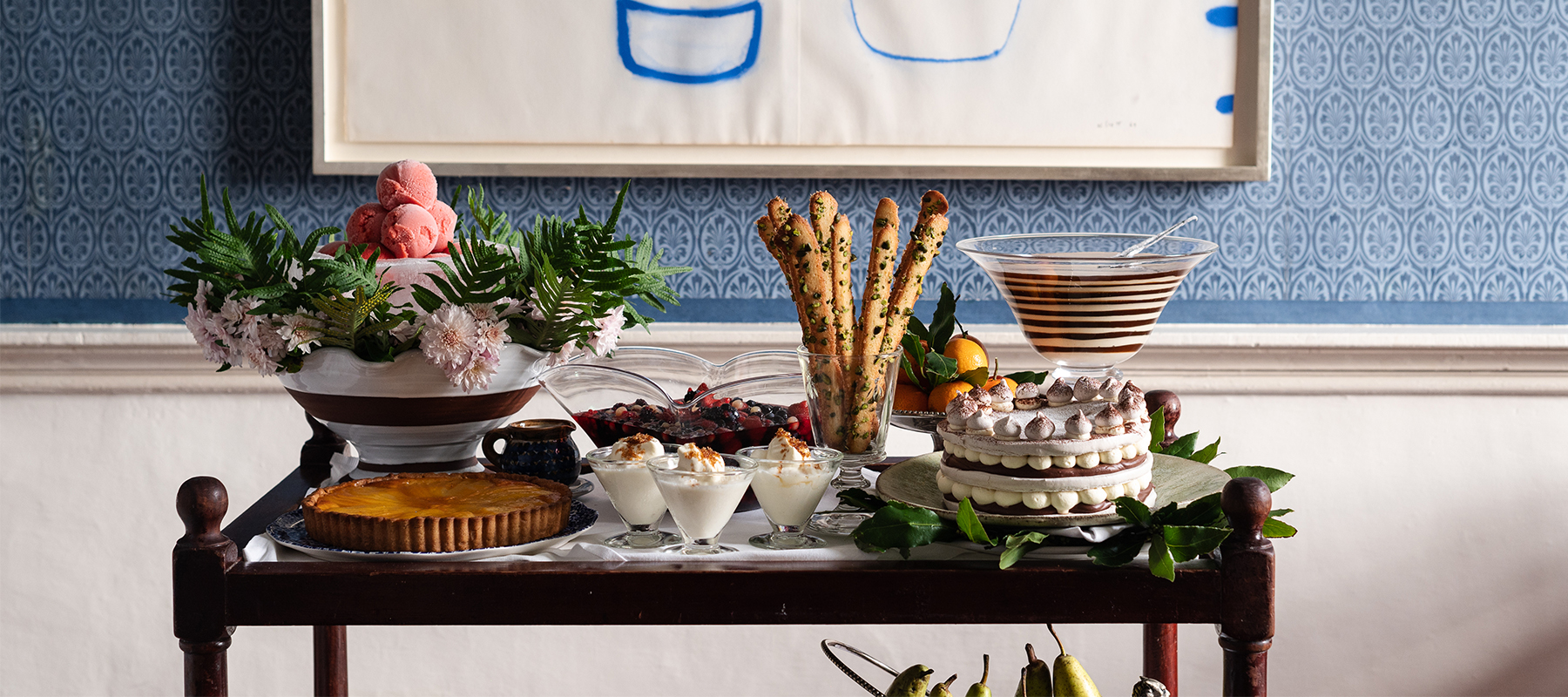
A foodie guide to Ireland: from coastal catches to country kitchens
With Guinness as rich as its landscapes are green — and whiskey never far from reach — Ireland’s charms can be drunk in and eaten up from the moment you arrive. And while its culinary reputation has soared in recent years, nothing quite compares to tasting your way around the

The natural highs of hiking solo in Costa Rica’s cloud forest
Out of nowhere, a stark yet melodic chirp punctuates the dense moss-heavy virgin forest, halting me in my tracks with its hypnotic, unadulterated beauty. I later discover it was likely the song of a black-faced solitaire, a bird that’s rare to see, yet glorious to the ears. And just one
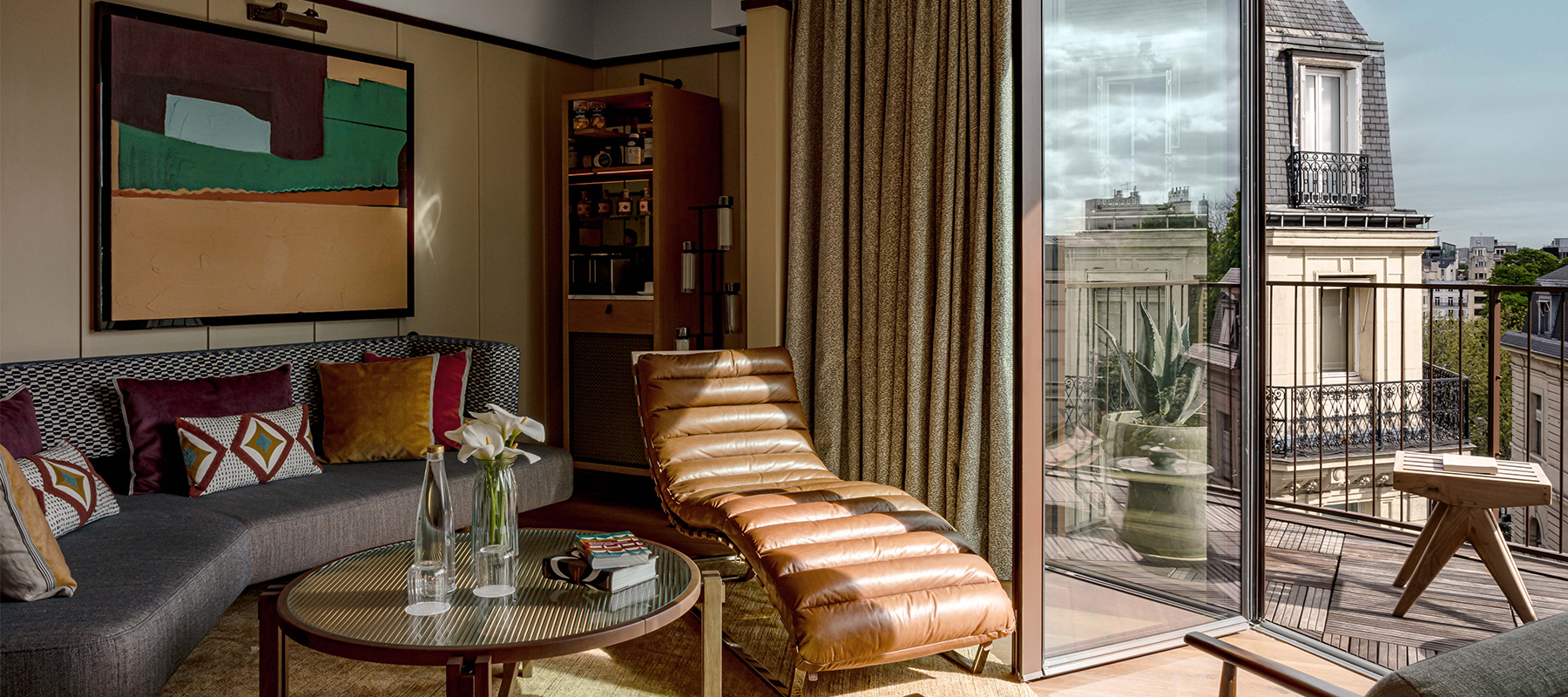
Hotel Norman, Paris: design-led luxury steps from the Champs-Élysées
There’s no shortage of glamorous hideaways in Paris, but few manage to bottle an era quite like Hotel Norman. Steps from the Champs-Élysées, this newcomer channels the seductive polish of midcentury modernism with the confidence of a hotel that knows exactly who it’s for: travellers who appreciate quiet luxury, meticulous

6 eco-friendly hotels offering ethical wildlife experiences
If you prefer your wildlife encounters without the crowds — and with a side of serious sustainability — SLH’s Considerate Collection has you covered. And with World Wildlife Conservation Day shining a light on the importance of protecting our planet’s most vulnerable species and habitats, there’s no better moment to

